Video List
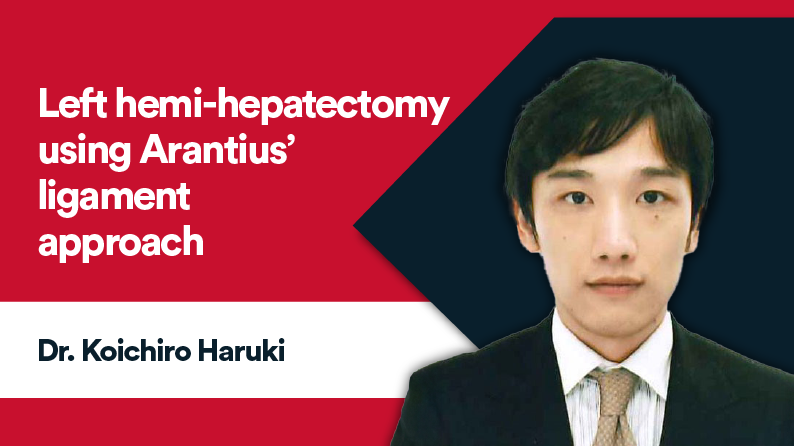
To standardize the procedure of left-hemi-hepatectomy, Arantius’s ligament approach, which enables us to expose the root of the left and middle hepatic veins, is introduced in this video.
Learn insights from the experts in this specialized surgical approach to perform a safe and efficient left hemi-hepatectomy.
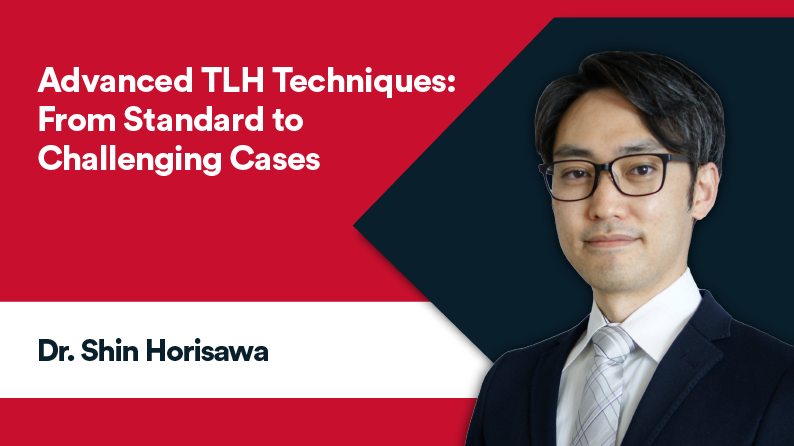
This video presents two TLH cases. In the first case, you can learn basic surgical procedure and anatomy for TLH.
The second case presents a challenging case with a 3 kg uterus. Through these cases, you will learn our surgical concepts which are avoiding cutting through fat to prevent bleeding and sharp dissection of the connective tissue by collaboration with the assistance. The safe and proper use of advanced bipolar and hemostats are also featured.

In this video, you will learn cutting edge surgical techniques for standardized en-bloc lymphadenectomy focusing on vesicohypogastric fascia by Dr Kenro Chikazawa. In this video, you will be able to learn from basic anatomy to advanced techniques for lymph node dissection on vesicohypogastric fascia.
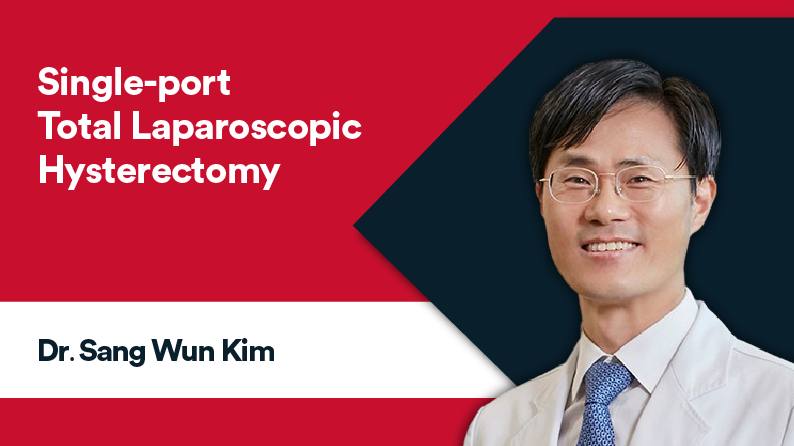
In this video, Prof. Kim demonstrates a single-port total laparoscopic hysterectomy using ENSEAL X1, emphasizing its surgical effectiveness, procedural approach, and the setup required for single-port surgery. Gain valuable insights from experts on mastering this specialized technique for a safe and efficient procedure.
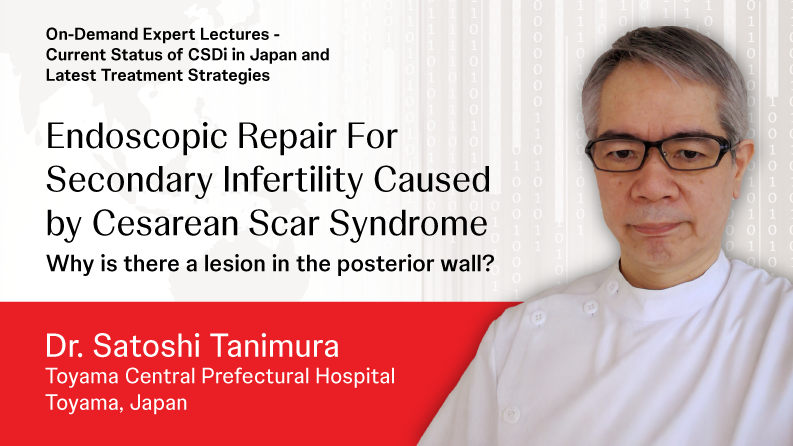
The endoscopic repair for secondary infertility due to cesarean scar syndrome emphasizes the importance of the mechanism behind the formation of posterior wall lesions. Our institution performs endoscopic surgery for cesarean scar syndrome, with the choice of surgical procedure primarily determined by the presence of hematoma. Possible causes of bleeding include the entrapment of menstrual blood in the scar, detachment of the endometrium, and association with adenomyosis. Specifically, in cases where a hematoma forms, endometrial glands and stroma have been observed in 25% of the removed scars, suggesting that the weakening of the uterine fascia may contribute to this phenomenon.
The formation of posterior wall lesions is thought to be related to prolonged pressure exerted by the infant's head, progressing in two stages. Initially, there is the invasion due to prolonged stretching, followed by the potential for new lesions arising from emergency cesarean sections. Preoperative hysteroscopy can make it difficult to accurately diagnose posterior wall lesions, necessitating selective excision.
In conclusion, there remain unresolved issues concerning the surgical indications and methods for CSDi, highlighting the need for further research.
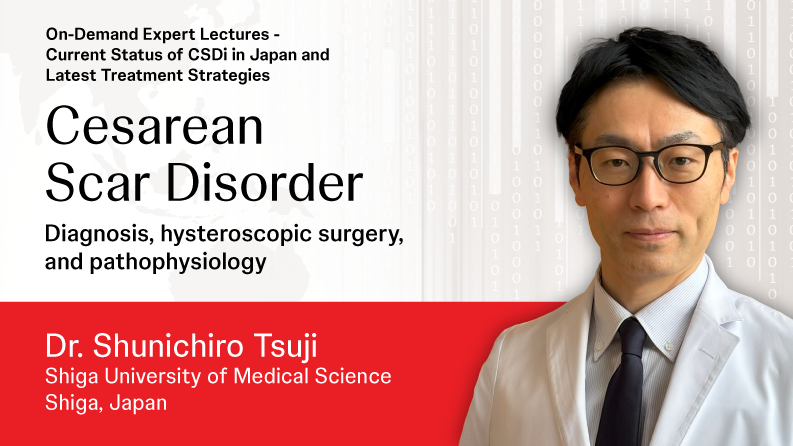
Niche formation caused by cesarean section is defined as cesarean scar defect (CSD) if its depth exceeds 2 mm. CSD may cause various gynecological symptoms, such as postmenstrual spotting, dysmenorrhea, and secondary infertility. The disease presenting these symptoms has been named cesarean scar disorder (CSDi).
We have performed endoscopic surgery for 201 cases of CSDi. Both hysteroscopic and laparoscopic surgeries have been performed. Hysteroscopic surgery is considered to be less invasive, however, the choice of surgical procedure based on clinical outcome has not been reported. Therefore, we retrospectively reviewed our hysteroscopic surgery for CSDi patients with secondary infertility and can find the indication for those patients.
In this presentation, I will present the diagnosis of CSDi and the indications and efficacy of hysteroscopic surgery. In addition, the pathophysiology of CSDi and why fertility is reduced will also be presented.
